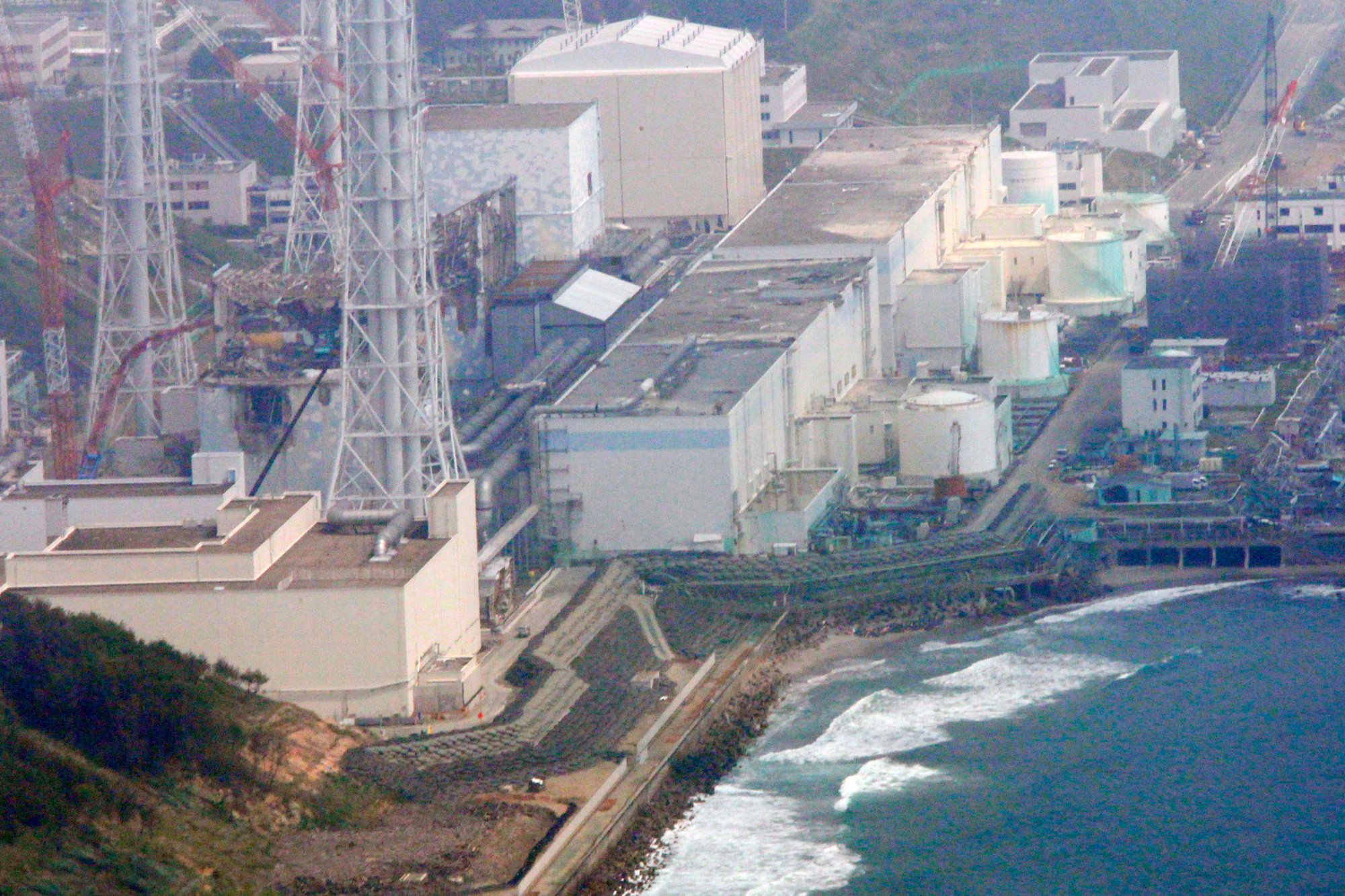Low levels of radiation leaked from the Fukushima Dai-Ichi nuclear power plant are approaching the western coast of the United States and Canada. This conclusion was publically announced by the American Geophysical Union during its Ocean Sciences Meeting in February of this year.
The Japanese nuclear reactor experienced a meltdown in the wake of the Tohoku earthquake and subsequent tsunami on March 3, 2011. The damaged power plant leaked radiation into the surrounding waters. From there, ocean currents carried the radiation farther out into the Pacific, where it continues to spread.
The concentration of this radiation, as well as its path across the Pacific, can be accurately modeled and measured, and in fact have been by teams in the US and Canada since the 2011 incident.
Scientists have been looking for an increase in the amounts of the radioactive isotopes cesium-134 and cesium-137 in ocean water. These elements are present in nuclear wastes and emit highly energetic gamma rays, but are dangerous only at certain high percentages in the water. These isotopes are usually found at very low levels in ocean water at any given time, so the key will be monitoring whether the relative concentrations increase in the near future.
Two models of the spread of the plume of radiation, the Rossi and the Behrens models, have been presented in peer-reviewed journals. The Rossi model predicts the height of the plume will stretch from the coast of southern Alaska to southern California upon arrival in April 2014. The Behrens model predicts landfall of the plume from southern Alaska to Washington, and this by March 2016. Though their conclusions differ slightly regarding when and where the plume will arrive along coastline, they agree on the most important detail: the level of cesium isotopes will be far below the lowest amount considered dangerous by the federal health standards.
Dr. Erik van Sebille, co-author of the Rossi model, said, “Observers on the west coast of the United States will be able to see a measureable increase in radioactive material three years after the event. However,” he continues, “people on those coastlines should not be concerned as the concentration of radioactive material quickly drops below World Health Organization safety levels as soon as it leaves Japanese waters.”
The World Health Organization, as well as Canada’s Department of the Environment, both define the safe standard of radioactive material in drinking water to be below 10,000 Becquerels per cubic meter. The United States’ Environmental Protection Agency sets the limit at 7,400 Becquerels per cubic meter. The radiation plume diluted to below both standards within four months of leaking into ocean waters.
Volunteers raised almost $30,000 in order to establish 30 ocean water sampling sites along the western coast of the United States and Canada. Samples have already been collected in Hawaii, California, Oregon, Washington, and British Columbia. The results, though incomplete, confirm the academic models which predict low radiation levels that will remain low, even in the peak of concentration.
John Smith, a scientist working with the Bedford Institute of Oceanography in Dartmouth, Nova Scotia, agrees: “These levels are clearly not a human or biological threat.”
By Eric Wheeler
Sources
http://www.sciencedaily.com/releases/2013/08/130828092312.htm; http://news.softpedia.com/news/Fukushima-Radiation-Reaches-the-Waters-off-the-Coast-of-Canada-429147.shtml; http://www.ecanadanow.com/canada/2014/03/15/radiation-from-fukishima-reactor-reaches-canadian-coast/; http://www.staradvertiser.com/news/breaking/20140314_scientists_anticipating_traces_of_ocean_radiation_along_west_coast.html

